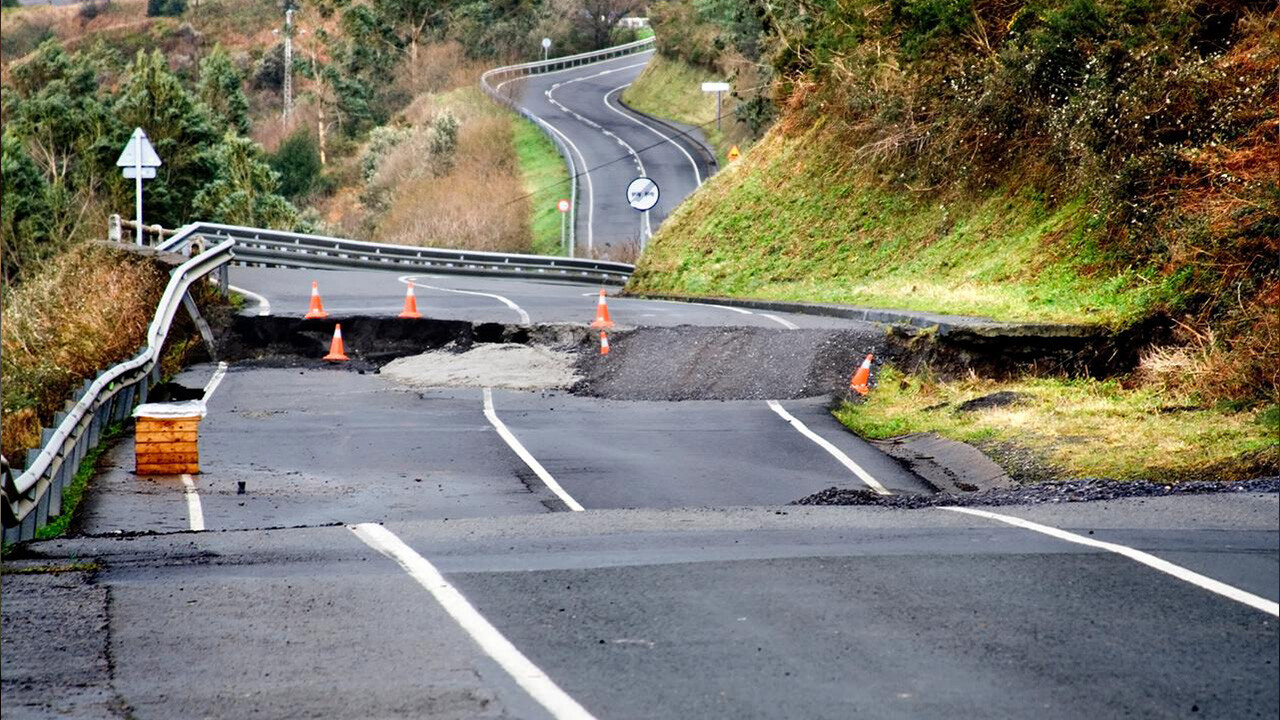The Natural Hazards Insurance Act 2023: Key Changes and Impacts on Insurers

A new law, the Natural Hazards Insurance Act 2023 (NHI Act), will take over from the Earthquake Commission Act 1993 (EQC Act) on July 1, 2024. This new law modernises the legislation, clarifies natural hazard cover for homeowners and supports an improved claims management experience. It changes the name of EQC to Natural Hazards Commission Toka Tū Ake (NHC) and clarifies its role - setting out its primary objective to reduce the impact of natural hazards on people, property and the community.
We sat down with Todd Niccol, Operations Manager – Natural Hazards, to explore the key changes introduced by the NHI Act and how they will impact insurers.
What are the key changes introduced by the Natural Hazards Insurance Act 2023, and how does it differ from the previous Earthquake Commission Act 1993?
A key change in the NHI Act is the name change from the Earthquake Commission (EQC) to Natural Hazards Commission Toka Tu Ake (NHC). This name change is an important recognition of the natural hazards that are covered by the natural hazards insurance scheme in New Zealand and is one of several terminology adjustments to address this. Other terminology changes include:
- “Natural disaster damage” will be known as “Natural hazard damage”
- “Landslip” will be known as “Landslide”
The NHI Act 2023 will also provide clearer explanations regarding eligible buildings, particularly multi-unit buildings (MUBs). These changes aim to improve clarity for both customers and claims teams.
While the scheme remains fundamentally the same, there are several changes aimed at putting operational practices into legislation and clarity in definitions. This includes a flat rate excess for both building and land claims, and a change in how cover for retaining walls, bridges, and culverts is calculated from indemnity value under the EQC Act to undepreciated value under the NHI Act. Retaining walls will be covered up to a maximum of $50,000 plus GST per dwelling, and the value of damaged bridges and culverts is covered up to a maximum of $25,000 plus GST per dwelling.
It's important to note that there are no changes to cover eligibility, as cover still automatically applies if the owner has a valid fire insurance contract for their dwelling or if they have Direct EQCover (which will be known as Direct NHCover for new policies from 1 July 2024). Additionally, cover is still provided per event for both Acts.
The Code of Insured Persons’ Rights (the Code) will also come into effect from 1st July 2024. The Code sets out rights for insured people, and associated obligations on the Natural Hazards Commission Toka Tū Ake (NHC) and anyone working on its behalf to manage and settle claims. The Code applies to all interactions with homeowners occurring after 1st July 2024, regardless of when the homeowner’s claim was made.
The Code gives customers a new and easier route to take when they disagree with the outcome of their natural hazards claims or wish to make a complaint about how they have been treated. Homeowners can make a complaint if they think the Code has been breached. If a person does not agree with a decision in relation to a Code complaint made under the complaint procedure, they may apply for an independent third-party review of the decision. If the homeowner disagrees with the outcome of their claim, such as the amount of the settlement, they can refer their dispute to the independent NHCover dispute resolution service.
What specific enhancements does the Act introduce to the claims management process?
There are several enhancements in the claims management process introduced by the Act:
- Reducing ambiguity: The Act aims to enhance clarity in the claims management process by incorporating operational practices into legislation. This establishes clear guidelines and procedures for handling claims, therefore reducing ambiguity and improving efficiency.
- Clarity in terminology: The Act includes minor terminology changes to make the new legislation clearer and easier to interpret for both customers and claims teams. This helps to avoid confusion and ensures consistent understanding of the claims process.
- Flat rate excess: The Act implements a flat rate excess for building and a flat rate excess for land claims. This simplifies excess calculation and provides a standardised approach, making it easier for customers to understand their financial obligations.
- Revised cover for retaining walls, bridges, and culverts: These changes provide clarity on the extent of coverage for these specific elements.
How will these changes support collaboration between EQC/NHC and insurers?
The Natural Hazards Commission has worked closely with insurers and third-party administrators to understand and prepare for implementing the changes in the Act. Since 30 June 2021, most insurers assess, manage and settle claims on behalf of the NHC and continue to do so under the Act.
Gallagher Bassett is priortising training and upskilling our people to ensure they are well-equipped to handle the changes and support the Code of Insured Persons’ Rights effectively. Our people have been given training on the new Act regulations and the Code, including new terminology, processes, and how to communicate effectively and timely with all parties.
To further enhance collaboration, Gallagher Bassett is implementing a new loss adjusting and claims management system for both EQC/NHC and General Insurance claims, as in many cases these claims need to be managed side by side. With this system, insurers will be able to view and share data through data feeds, such as APIs, or enhanced reporting. Gallagher Bassett has also invested in drone capabilities, desktop adjusting tools, as well as lidar 3D modelling of internal buildings at inspection time, all designed to enhance and expedite the claims process and accuracy. Insurers can engage with Gallagher Bassett to leverage this technology to help speed up the claims process for insurers and their customers, through better and more timely outcomes, which in turn enhances the customers’ experience.
How will the Act impact insurance carriers?
The new Act impacts the operations and responsibilities of insurance carriers in several ways:
- Regulatory Compliance: This involves changes in reporting requirements, policy terms, or underwriting practices. Insurance carriers will need to review and adjust their operations to ensure compliance with the new regulations.
- Product Offerings: Insurance carriers may need to modify their product offerings or introduce new ones. For example, if the Act mandates coverage for certain risks or expands the scope of coverage, insurance carriers will need to develop and offer appropriate policies to meet the new requirements.
- Claims Handling: Changes in the Act impact how insurance carriers handle claims. This includes new settlement entitlements and dispute resolution pathways. Insurance carriers will need to update their claims handling processes and train their staff accordingly.
New Zealand insurance carriers have been busy in the lead up to the introduction of the Act and by engaging with Gallagher Bassett, they can deliver on the requirements presented by this Act, make essential operational adjustments, ensure compliance, and promote efficient functioning within the new regulatory framework.
Contact us to learn more about the Natural Hazards Insurance Act 2023 and how we can help you navigate this change.
Author

